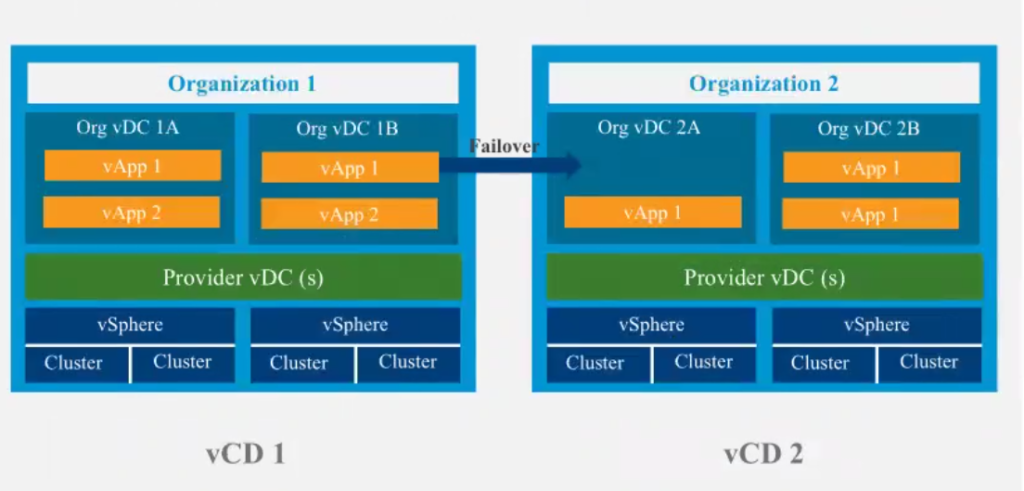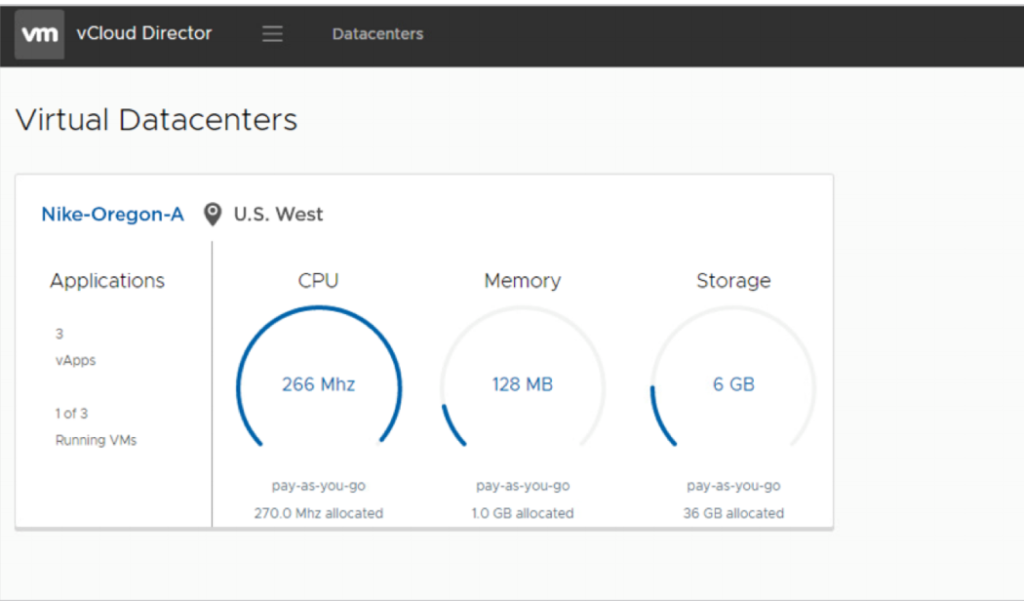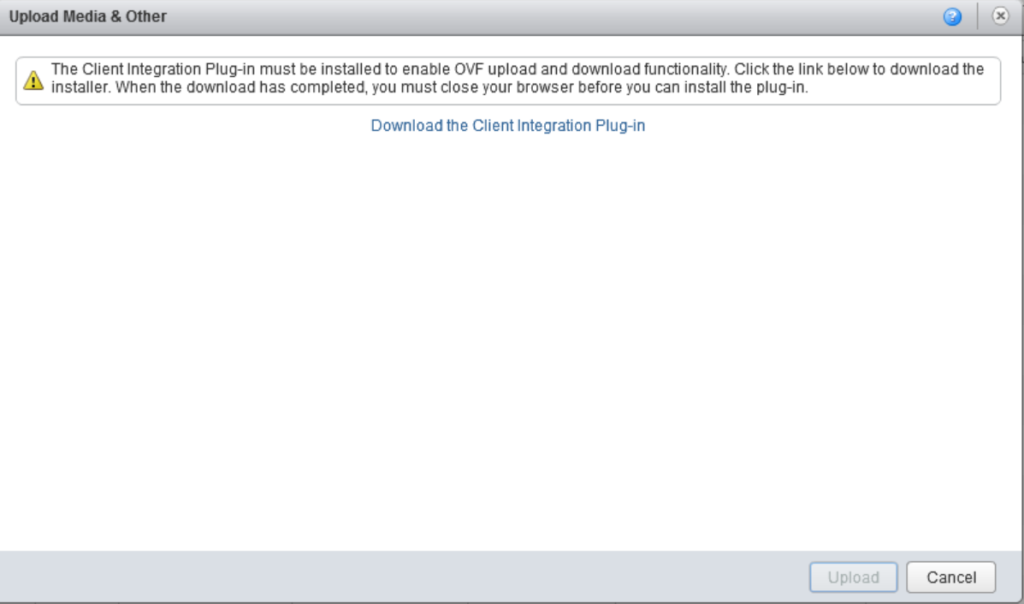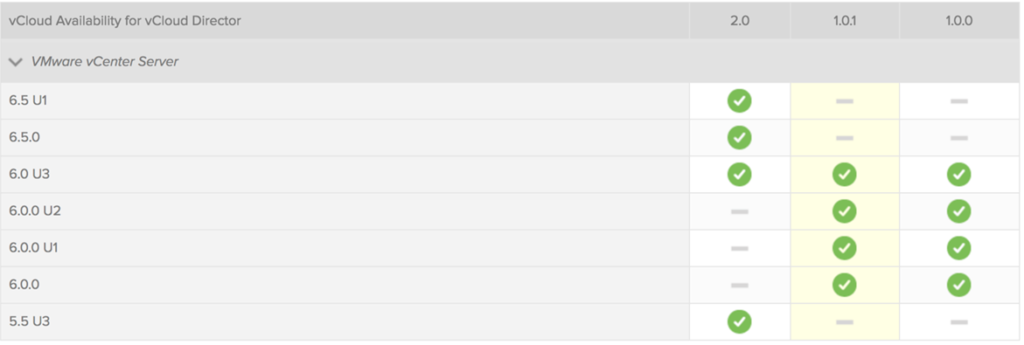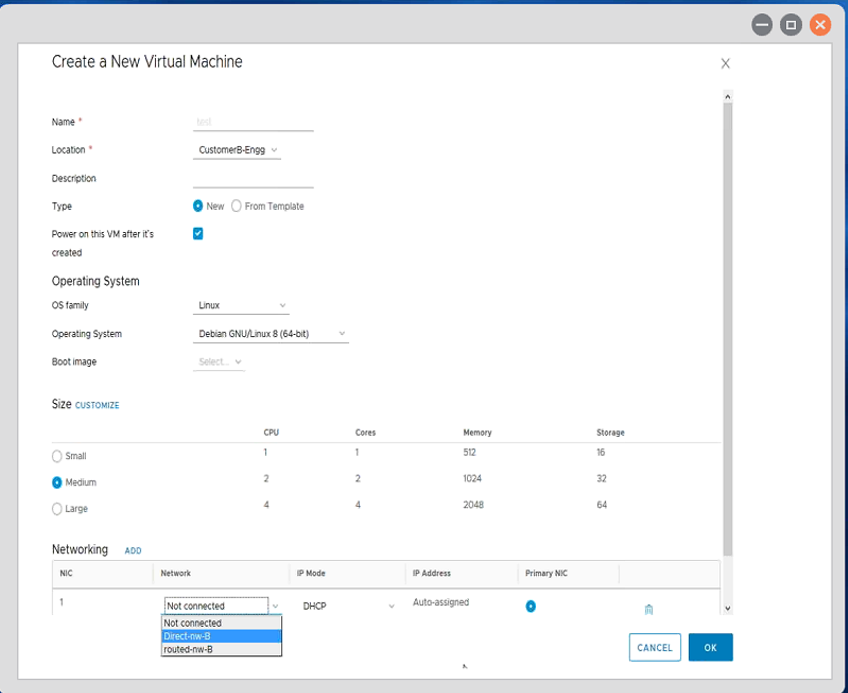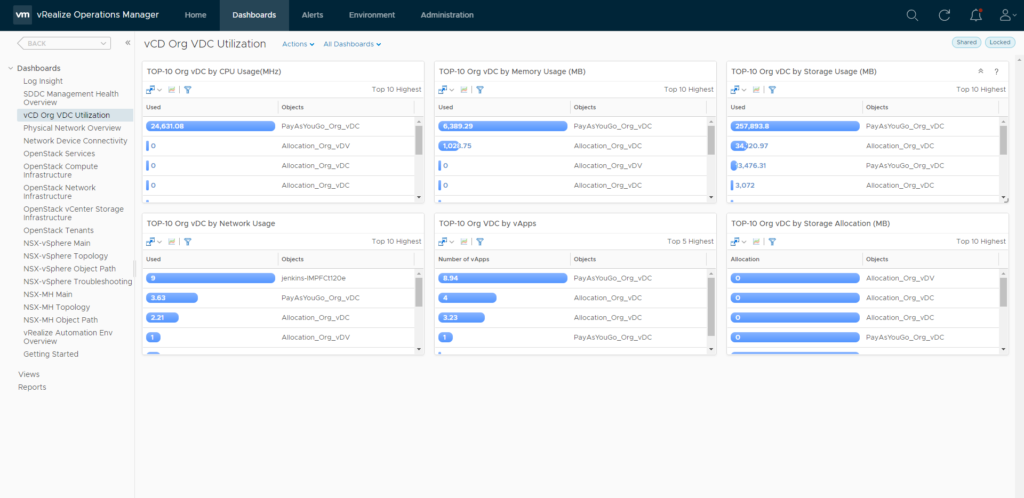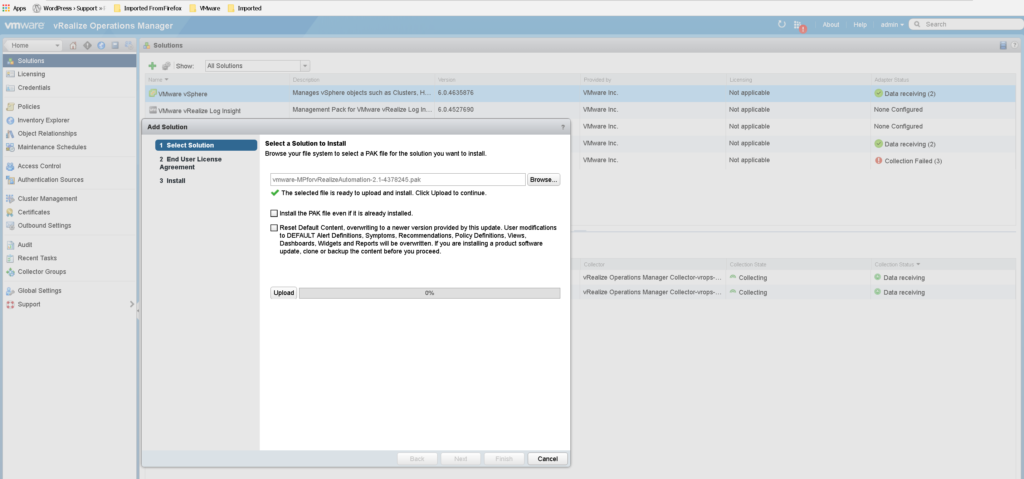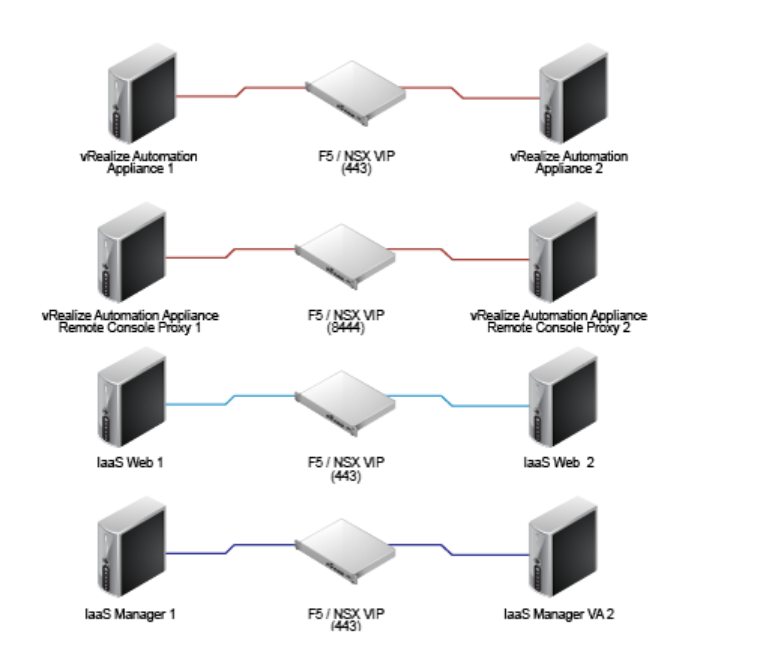If you are a service provider that is a part of VMware Cloud Provider Program (VCPP) which formerly known as vCAN, then you had to use VMware Usage Meter to report usage. At certain time you might need help either with failure during setting up VMware Usage Meter or you need help troubleshooting an issue with Usage Meter. Service providers seem to often ask how to get support with Usage Meter. Usage Meter is like any other VMware product, it is supported by VMware Support Organization (GSS). VMware Support organization (GSS) had been trained on VMware Usage Meter, and to approach the right support channel, please follow the steps below:
To log a technical ticket with our GSS teams, please follow these steps: https://kb.vmware.com/s/article/2006985
- In your myVMware portal select Support in the upper right hand corner
- Under Select an Issue choose System Management in the Technical support pull down menu
- Scroll down to VMware vCloud Usage Meter under supported products and click on the version of UM that you require support on
- Enter support request information
I hope this help!… Read More
